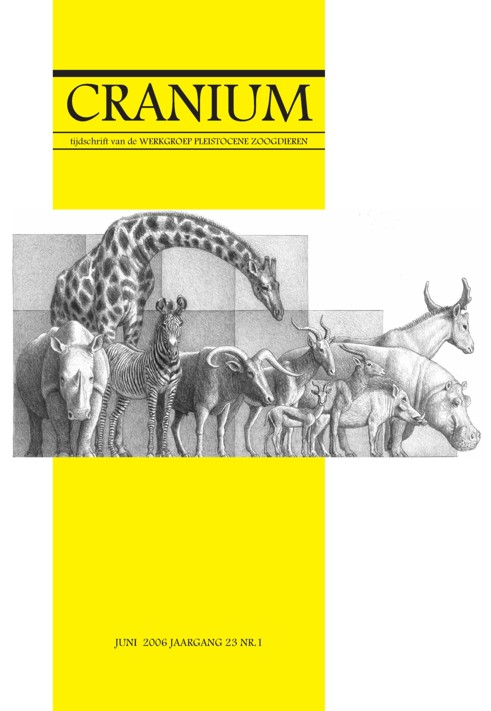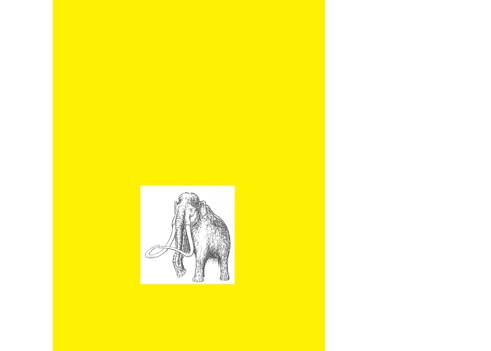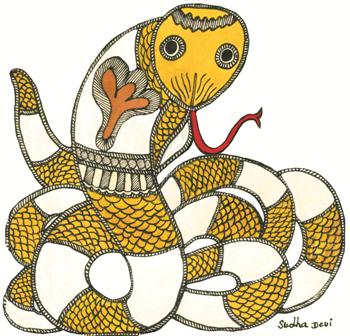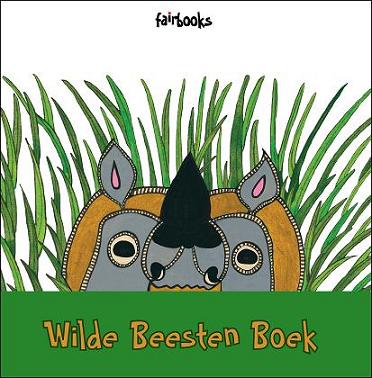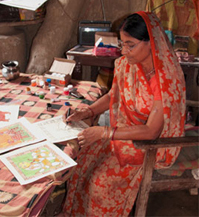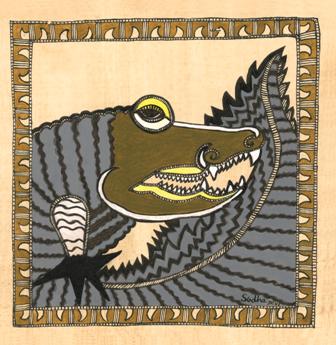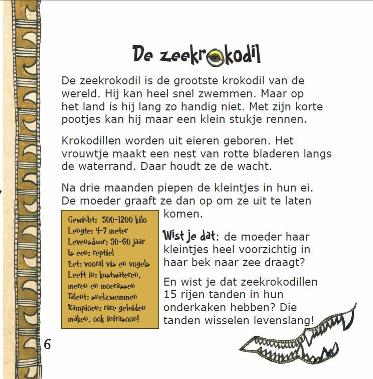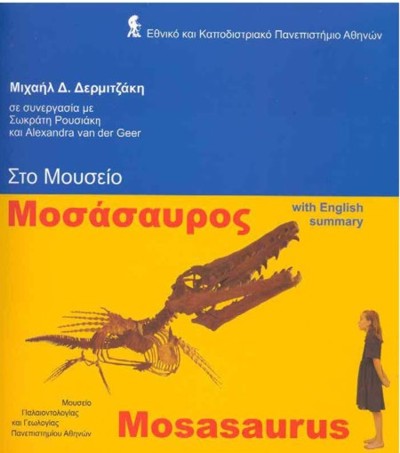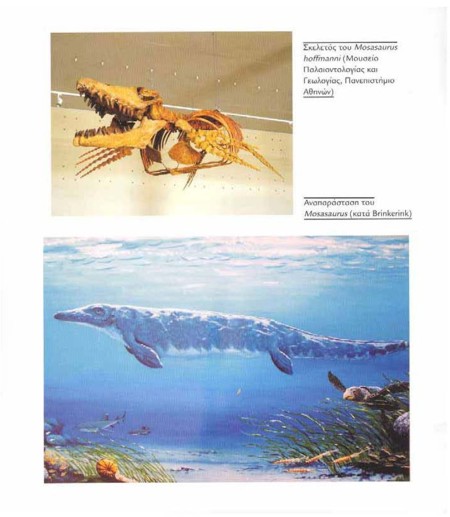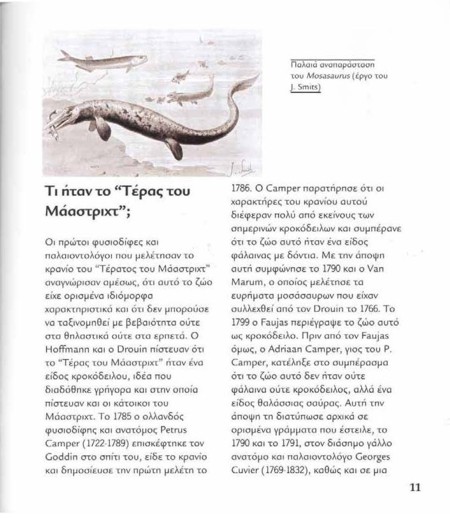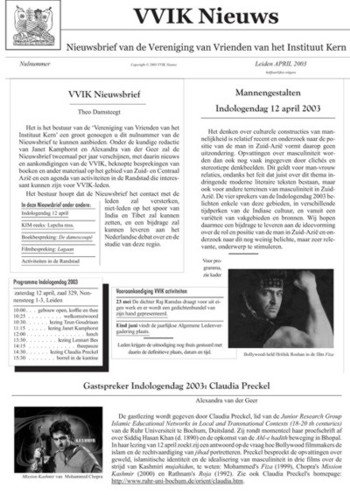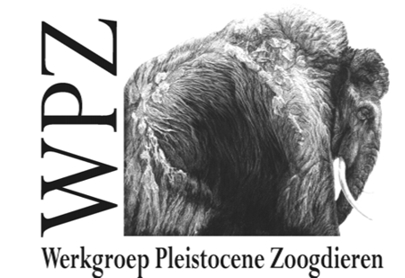
[logo of the WPZ by Kennis and Kennis]
From 2002 to 2008 I was chief editor and graphic designer for Cranium, the journal of the Dutch WPZ (Werkgroep Pleistocene Zoogdieren = Working Group Pleistocene Mammals). The scope of Cranium are Pleistocene mammals and their direct Pliocene ancestors; occasionally, articles on birds, reptiles and Miocene mammals are published, when relevant to the scope of the journal. Since the majority of the WPZ-members are amateur-palaeontologists who actively collect fossils, articles on specimens from private collections are accepted. This policy is against that of most scientific journals, because published observations and analyses should be repeatable, and this is best ensured when the described fossils are in public-domain collections. Cranium can afford this deviation, because members of the WPZ do not hold their collections closed, on the contrary, they proved to be eager to show them to specialists in the field in exchange for a scientific opinion. In this way, valuable specimens, otherwise hidden, now become available for the larger palaeontological community. Contact data are always given at the end of each article. Another rare topic in most journals are comprehensible overviews of taxonomical groups, ecosystems, localities or regions. Most scientific journals reject such articles, because in principle no new theory or observation is presented. Cranium welcomes such articles, because even for the specialist, a fast overview and state of the art is always needed as an introduction before going into detail. Rare to find in other journals are reports about non-mainstream collections. Again, such reports do not formulate new theories, yet they provide valuable information about the distribution and availability of fossil specimens worldwide. Since most of this kind of collections are stored and exposed in local museums, they are easily missed by the specialist researcher. Finally, Cranium publishes relevant information about WPZ-members themselves, such as PhD defences, in memoriams, moving collections and so on.
